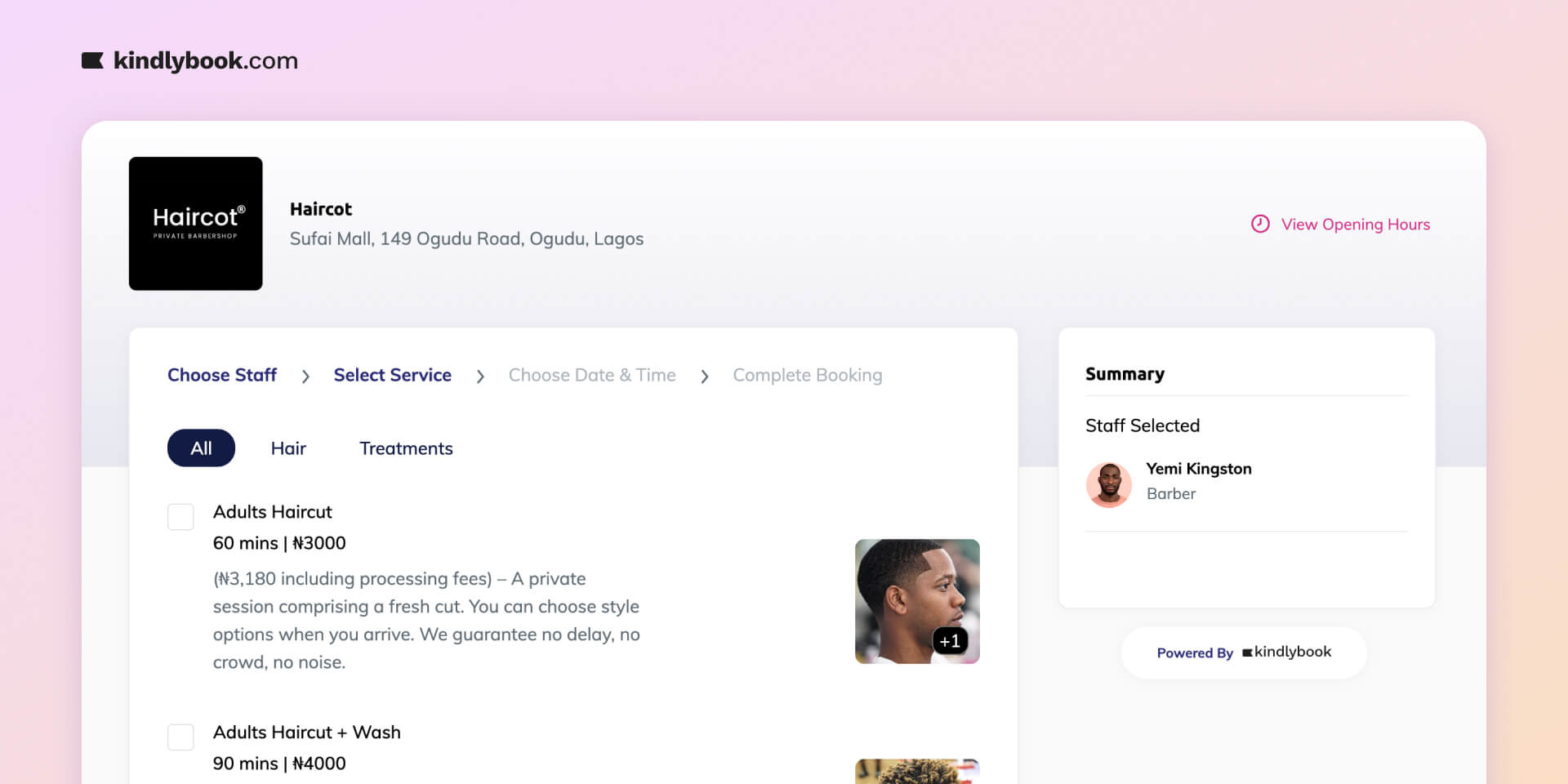Have you ever had a friend comment on your work:
You’re really good at this, and you should charge for it!
That’s not only a compliment, it’s a business idea.
If you’ve built up skills or experience in a particular area, whether through your career, hobbies, or life lessons, you can turn that expertise into a virtual consulting business.
The consulting industry is booming, with businesses and individuals constantly seeking expert guidance to solve problems, improve performance, and achieve goals.
Whether you’re a seasoned professional with years of industry experience or someone with specialized skills, starting a virtual consulting business is a rewarding way to monetize your expertise.
This guide walks you through the essential steps to start and grow a successful virtual consulting business.
Step 1: Identify your niche and target audience
First things first, you can’t (and shouldn’t) try to help everyone. The consulting world is huge, so you’ll need to narrow down to a niche, the specific group of people you’ll serve, and the specific problems you’ll solve for them.
Think of it like this:
Instead of saying “I’m a business consultant”, say “I help small food businesses increase sales through better branding and social media marketing.”
See how much clearer and more appealing that is?
Your niche could be based on:
- Skills from your career (e.g., an HR manager helping small businesses with recruitment)
- A passion you’ve mastered (e.g., a photography enthusiast advising beginners on how to monetize their work)
- Personal experience (e.g., a parent who successfully navigated homeschooling, coaching others to do the same)
Step 2: Validate your idea quicky
Here’s a mistake many new consultants make:
They spend months building a website, creating packages, and setting prices, only to find out that nobody’s willing to pay for what they’re offering.
Before you go all in, validate your idea in many ways:
- Hang out in social platforms, forums or groups where your potential clients are. See what questions keep coming up. You can document these questions to understand their problem.
- Run a quick poll on LinkedIn, WhatsApp groups, or Instagram Stories, asking people about their biggest struggles in your niche.
- Offer a few free or discounted sessions to test your approach, get feedback, and collect testimonials.
Validation saves you time, money, and heartache, and gives you confidence that your consulting business has real demand.
Step 3: Create a mini Business Plan
Don’t worry, you don’t need a 30-page corporate plan. A one-page document will do just fine to keep you focused on the goal.
Your business plan should include:
- Your services: What you are offering and how it helps your prospective client.
- Pricing: Will you charge per hour, per session, or create packages that allow you to be appropriately compensated for your service?
- Audience: Who are you targeting and where will you find them? For example, your service could be CV review, and the best place to find them may be Facebook groups.
Think of your business plan as your personal GPS. Without it, you risk wandering in circles and not being able to monetize your expertise.
With Kindlybook, you can list these services directly on your booking page, complete with descriptions, durations, and pricing, so clients can see and book them instantly.
Step 4: Build your brand and online presence
Since you’re running a virtual consulting business, your online presence is very important. It’s your storefront, your business card, and prospective clients’ first impression — all rolled into one. This is where potential clients decide whether they trust you enough to book that first session.
The good news? You don’t need to spend weeks building a complicated website.
Kindlybook gives you an instant, professional booking page where you can list your services and pricing, and let clients book and pay in just a few clicks.
You can share your Kindlybook link across LinkedIn, Instagram, or any platform where your audience spends time. Pair it with regular posts on your area of expertise, and you’ll have a complete online presence that works 24/7.
Step 5: Equip yourself with the right tools
Running a virtual consulting business doesn’t require a huge investment in fancy technology, but you do need the right set of tools to communicate effectively, deliver value, and keep your business running smoothly.
Here are the essentials:
- Phone and email remain the backbone of client communication. Use them for quick check-ins, sharing resources, or handling follow-up questions.
- Tools like Google Meet or Zoom are must-haves for running client sessions, workshops, or group calls. They allow you to deliver value face-to-face, no matter where your clients are in the world.
- A booking software like Kindlybook takes care of all the manual admin work that usually eats into your time. With Kindlybook, you can:
- Let clients to schedule appointments at their convenience.
- Collect payments instantly and securely.
- Send automatic booking confirmations, calendar invites, and meeting links.
- Deliver timely reminders so clients never forget their session.
By automating these repetitive tasks, you free yourself to focus on what really matters: preparing for sessions, delivering high-value advice, and growing your client base.
Step 6: Focus on Delivering Value Every Time
If you want your virtual consulting business to grow fast, here’s the secret: don’t just meet expectations, exceed them.
Happy clients become repeat customers and enthusiastic advocates who bring you more business through word-of-mouth.
Here’s how to make sure every session leaves a lasting impact:
- Prepare like a pro: Before each call, review your client’s background, goals, and past conversations. Come armed with tailored insights and a clear plan for the session so they feel you’ve invested time in them before you even show up.
- Give them something tangible: After the session, send a follow-up email summarizing the key takeaways, action steps, and any extra resources you promised (templates, links, tools). This keeps the momentum going and shows you care about their progress.
- Check in after the fact: A few weeks later, send a quick message asking how they’re doing with the advice you gave. Even a simple “How’s it going with your employees?” can reignite the relationship and position you as a long-term partner, not just a one-off consultant.
- Celebrate wins with them: If they hit a big milestone because of your guidance, acknowledge it publicly (with permission) or send a personal note of congratulations. Small gestures like this make clients feel valued and connected to you.
When clients feel you’re invested in their success beyond the paid session, they’re far more likely to stick around and to tell their friends, family, and network about you. In fact, a single delighted client can lead to a chain of referrals that fuels your consulting business for months.
Conclusion
The biggest mistake new consultants make is trying to do everything manually. They get overwhelmed, miss appointments, and lose credibility.
With Kindlybook, you instantly look more professional and organized. Your clients will respect your structure, and you’ll find it easier to grow and scale your business.
Get your free booking page at www.kindlybook.com
Related articles for you


